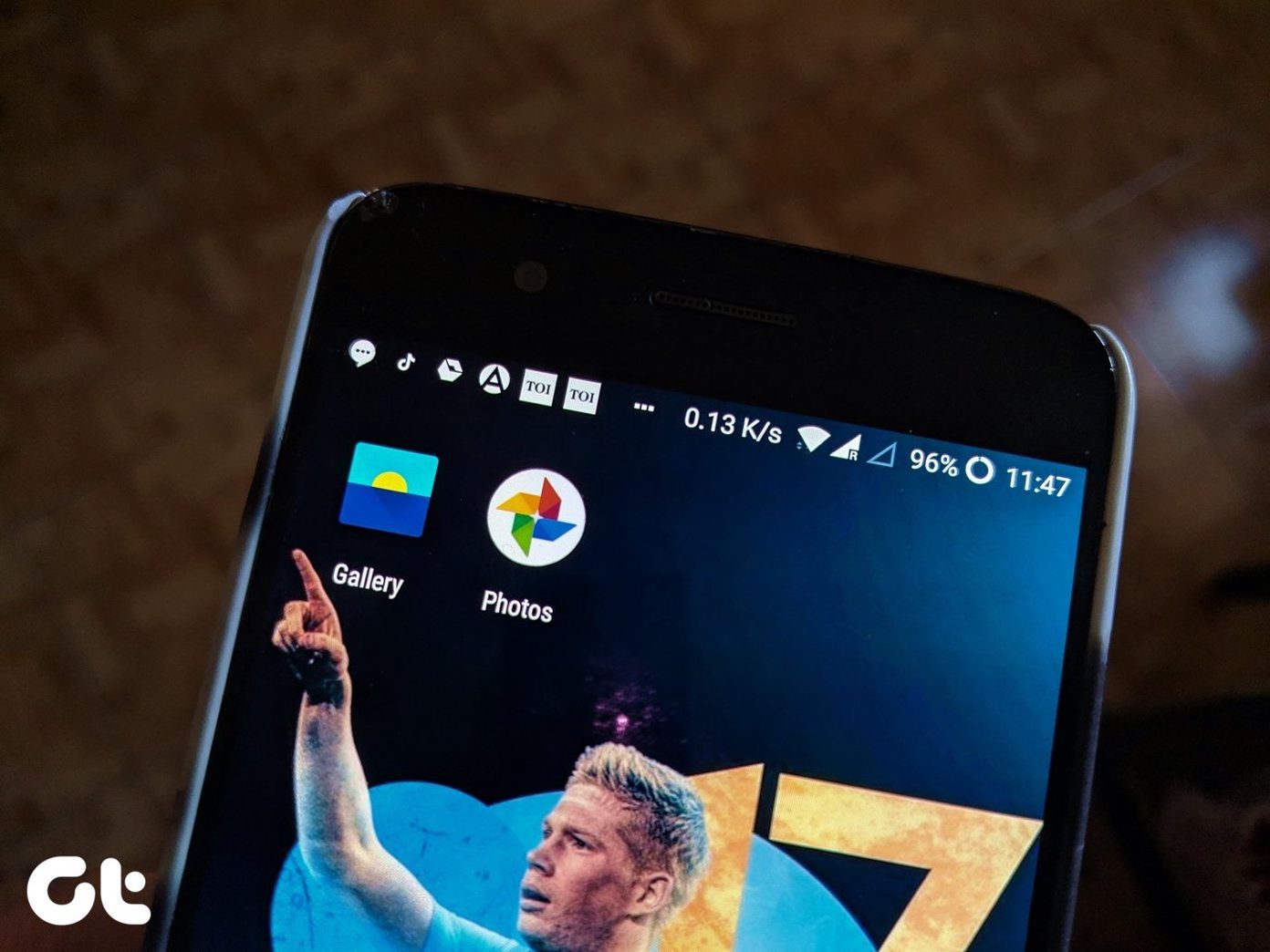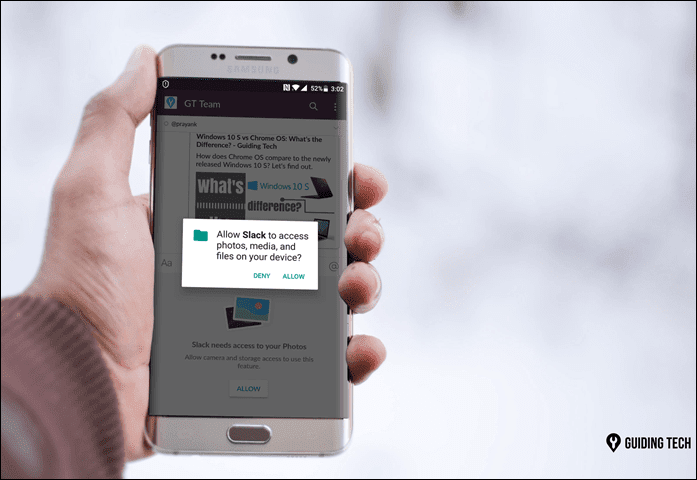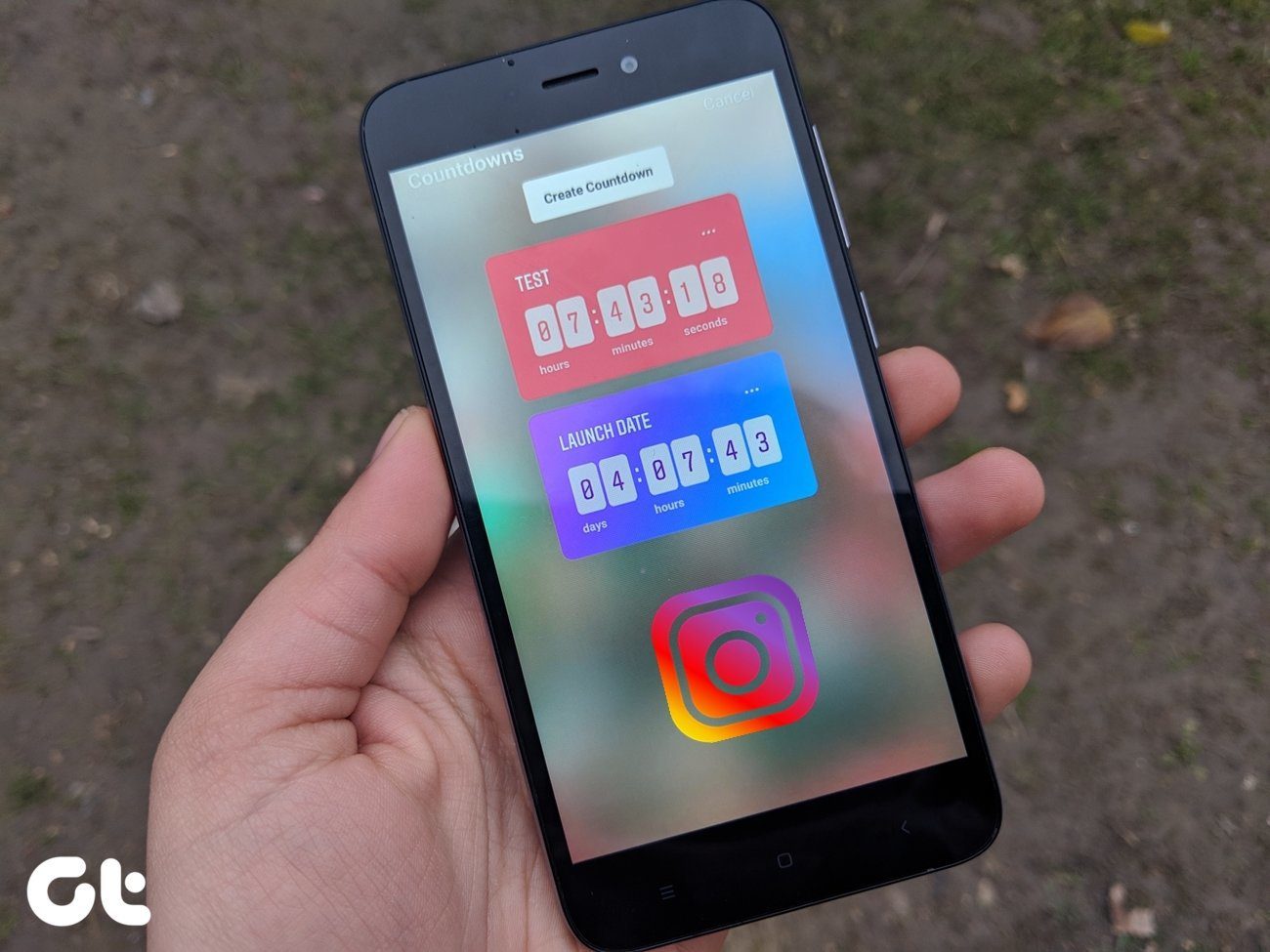If this sounds a bit familiar, it is. Bedtime is somewhat Apple’s take on Sleep Cycle, the first and still most popular app in the App Store that debuted to monitor sleep. I remember buying Sleep Cycle for my iPhone 3G, so we’re talking a rather archaic debut. So the question is, now that Apple has its own sleep-tracking feature, should you still rely on a third-party solution? Is Apple’s good enough? Let’s take a look at the features to compare.
iOS 10 Bedtime
iOS 10’s Bedtime feature is pretty straightforward. You set the time you want to go to bed every night and the time you want to wake up the next morning, as well as the days during which the alarm is active. Bedtime will actually figure out if you’re not going in bed yet and remind you that the time is approaching. During the night, it will monitor how you’re sleeping and how many hours you spent in bed total based on sounds from your movements. Bedtime’s main goal appears to be consistency. The feature really wants you to get into a healthy sleep cycle so that you are going to bed at the same time every night and waking up around the same time. The duration is up to you (but while we’re talking health, 6 to 8 hours is ideal for most adults.) Once you start using it more, you’ll notice that Bedtime organizes your previous nights of sleep into a chart to see how consistent you’re sleeping. It also works in combination with other sleep trackers and puts all the data in Health for you to further inspect. Generally, Bedtime is a fancy version of the standard iOS alarm. It monitors your sleep, helps you achieve consistency, but mainly wants to be the last screen you see at night and the first sound you hear in the morning.
Sleep Cycle
Sleep Cycle cares about consistency with going to sleep, but it mostly focuses on quality. That’s clear from the sheer amount of features, data charts and customization options available. First, Sleep Cycle is known for its wake-up window. When you go to bed at night and set your alarm, the app analyzes your quality of sleep through the microphone and picks the best time to wake you up within a 30-minute timeframe. This is chosen based on when you’re sleeping the lightest during your selected 30 minutes. Some reviewers swear by it; in my experience I haven’t noticed much improvement to my morning optimism. The data Sleep Cycle provides is unbelievably extensive. It tells you exactly when you were in a deep sleep or awake throughout the night, how much sleep you got, your overall sleep quality, sleep quality affected by weather, air pressure, activity and more. It gives you the power to examine your life, prepare and make changes all revolving around your sleep. The app also includes intelligent snooze alongside the intelligent wake-up window, sleep notes, a sleep aid at night to help you fall asleep, heart rate monitoring in the morning and integration with apps like Philips Hue or RunKeeper.
Consistency vs. Quality
The choice between Bedtime and Sleep Cycle really comes down to this: are you more concerned with sleep consistency or sleep quality? If you need a basic app to tell you how regular your sleep patterns are and how to get on track with them, Bedtime is totally sufficient. It’s baked into iOS 10, easy to turn on and off, and gets the job done. If you want an app that tracks sleep quality, Sleep Cycle is the winner hands down. The amazing detail it gathers during a night of sleep is truly incredible and Bedtime doesn’t even come close. The focus is far more on how well you’re sleeping rather than how consistently you’re sleeping. The above article may contain affiliate links which help support Guiding Tech. However, it does not affect our editorial integrity. The content remains unbiased and authentic.

![]()
![]()
![]()
![]()
![]()
![]()
![]()
![]()
![]()






